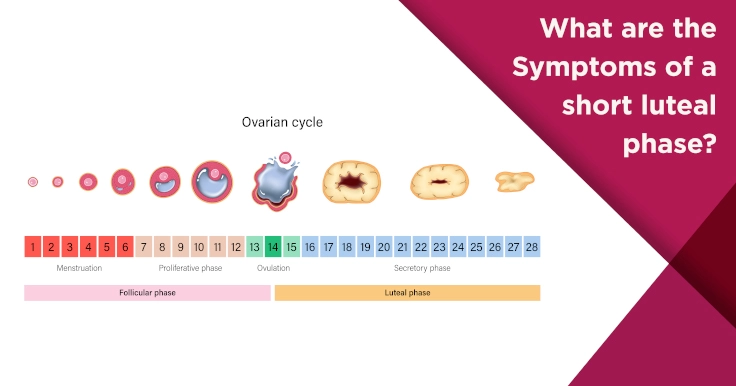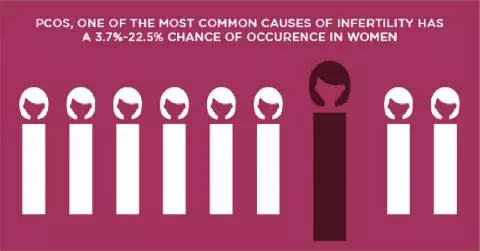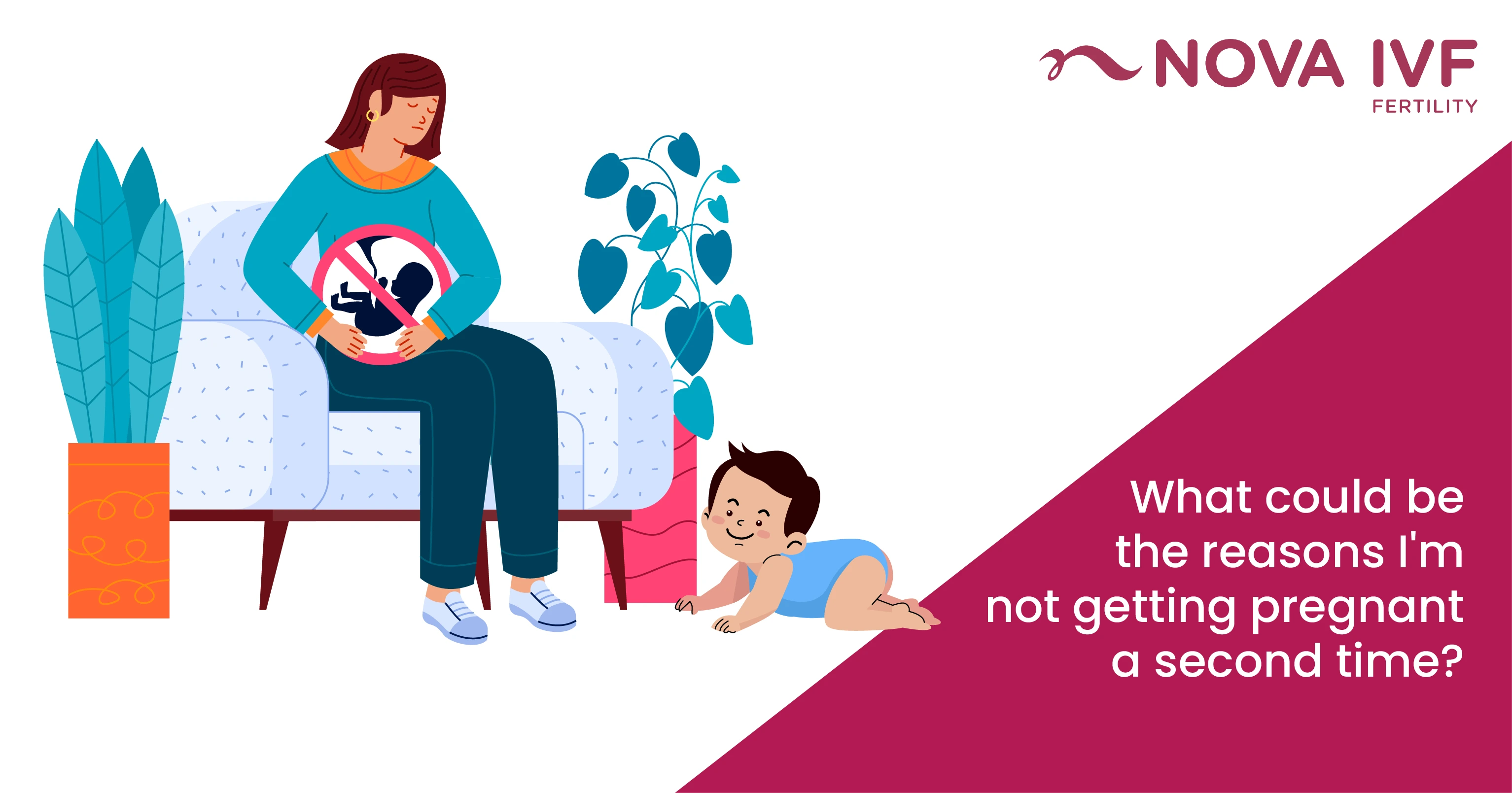Short Luteal Phase Symptoms: How It Affects Fertility

Most women realize that they have a short luteal phase only when they consult a doctor to deal with infertility. A short luteal phase or luteal phase defect refers to a luteal phase that is shorter than 10 days. The luteal phase is the name given to the two weeks between ovulation and the start of a menstrual period. This is when the body secretes progesterone that helps the uterine lining become thicker.
What Does a Short Luteal Phase mean in Terms of Fertility?
When the body does not secrete enough progesterone, the uterine lining does not develop properly. It may be thinner than normal thus making it difficult for a fertilized egg to be implanted in the uterus. A lack of progesterone may also trigger an early period. Thus, a short luteal phase is a common cause of infertility and early miscarriages.
Short Luteal Phase Symptoms
Most women do not realize that they have a short luteal phase. The symptoms are usually noticed only in hindsight. These include:
- Spotting in between periods
Bleeding in between periods may be a sign of an underdeveloped endometrial lining.
- Early periods
- Difficulty getting pregnant
- Early miscarriage
Diagnosis of Short Luteal Phase
Doctors often find it difficult to pinpoint the factors triggering a short luteal phase. There is no single test that may be used to confirm a diagnosis. The first step towards confirming a diagnosis is a blood test to check levels of progesterone, luteinizing hormones and Follicle-stimulating hormones (FSH). A pelvic ultrasound may also be administered to check the thickness of the uterine lining.
It is important to keep in mind that women with a short luteal phase may not have a luteal phase defect during each menstrual cycle. The luteal phase may change from time to time.
 Infertility Counselling
Infertility Counselling Female Infertility Treatment
Female Infertility Treatment Andrology Treatment
Andrology Treatment Fertility Enhancing Surgeries - Female
Fertility Enhancing Surgeries - Female Fertility Enhancing Surgeries - Male
Fertility Enhancing Surgeries - Male Endoscopy Treatment
Endoscopy Treatment IUI Treatment
IUI Treatment IVF Treatment
IVF Treatment ICSI Treatment
ICSI Treatment Advanced IVF Solutions
Advanced IVF Solutions Embryology
Embryology Vitrification Egg, Embryo, Sperm Freezing
Vitrification Egg, Embryo, Sperm Freezing Preimplantation Genetic Testing (PGT)
Preimplantation Genetic Testing (PGT) Donation Program Embryo / Egg / Sperm
Donation Program Embryo / Egg / Sperm Self Cycle IVF
Self Cycle IVF












